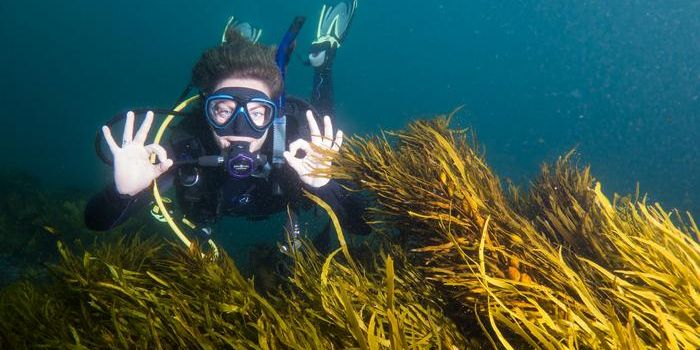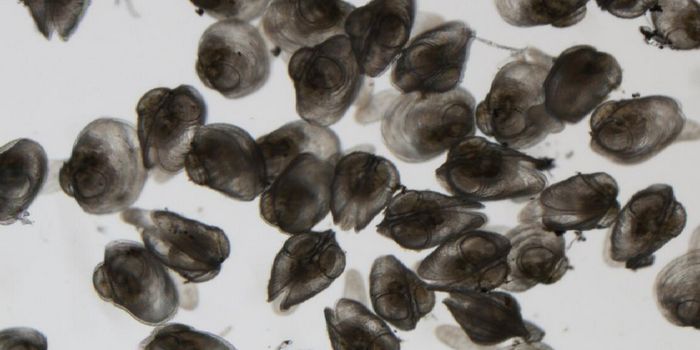That's not Tinkerbell, It's a Light-Powered Fairy-Sized Flying Robot

Robots are everywhere today in popular culture, from movies and tv shows to toy stores, the new AI that's taking over the internet, and even practical applications for amputees. Now, today's scientific advances have led to something incredible: a tiny and effective robot the size of a dandelion wisp.
In a recent study published in the Advanced Science journal, researchers from the Light Robots group figured out how to make a flying intelligent, lightweight, and morphing technology in the form of wirelessly controlled soft-bodied robots through the development of stimuli-responsive polymers.
Stimuli-responsive polymers are materials capable of transforming their chemical and physical properties when exposed to certain stimuli. Stimuli-responsive polymers have a diverse range of utilization and are responsible for scientific advances such as tissue generation, bio-sensing, and the creation of artificial muscles. The stimuli that provoke transformations can be as simple as heat and humidity or more complex as a chemical reaction or magnetic, electric, or light interference.
Inspired by the delicate and small size of dandelion seeds, the team created a bristle filament-like structure from a textile fabric. In this instance, what sounds like science fiction is a set of proof-of-concept experiments meant to show practical applications of widespread artificial pollination.
The idea of a small flying object with an ultra-high-performance rate came as many do: from nature. The locomotion of wind dispersal in nature inspired a passive flight mechanism. This is often displayed in nature by plants and insects that have adopted a bristle bundle (pappus) or membrane wings. The natural design has informed aerodynamic stabilities studies of stimuli effectively controlling the airflow of artificially engineered structures.
Dandelions deliver seeds via updrafts and wind and are capable of crossing over a hundred kilometers. It's the structural porosity and bristle configuration that allows for the wind to carry the seed effectively.
By mimicking the structural integrity of the dandelion seed, the researchers could fabricate a 54-bristle structure around a soft actuator to the scale of a dandelion seed. With the implementation of a photomechanical actuator, the bristle structure can be manipulated by light irradiation. The passive dispersal of localized light and a controlled wind speed demonstrated a controlled lift-off and landing action.
More studies are needed to test different methods and theories on flight behavior and light influence. What does this mean for pollination? Improvement of materials and their sensitivity for their sunlight-activated operation could mean millions of artificial dandelions dispersed by winds towards specific areas that need pollination.
The potential global impacts on agriculture would be monumental at a time when global warming threatens the very biodiversity, we rely upon to sustain our planet.
Sources: EurekAlert, RSC, Wiley, Light Robots, Science Direct OnlineWiley
Cover Photo/Featured Image Credit: Jianfeng Yang / Tampere University via EurekAlert!








